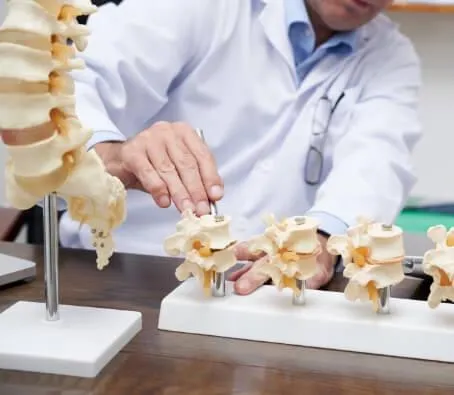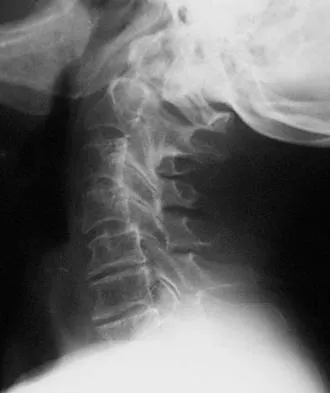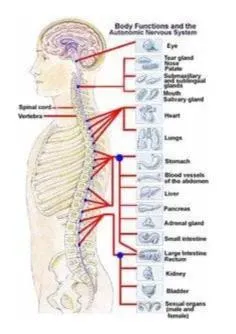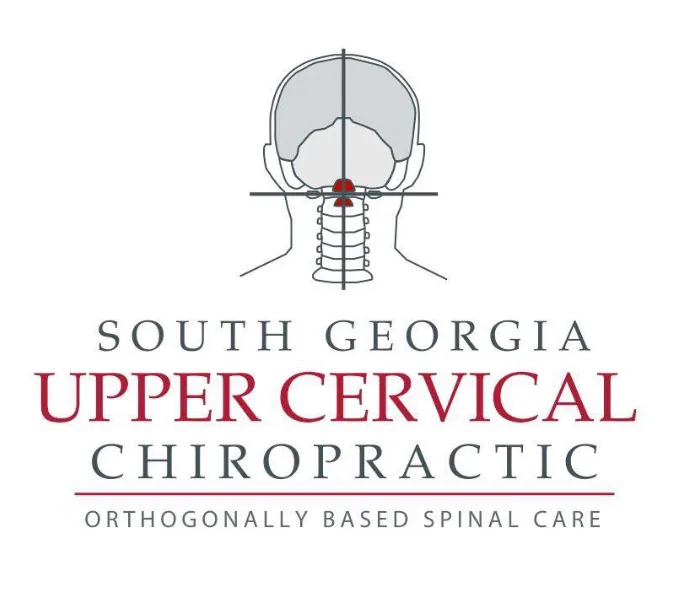Conditions
The Vertebral Subluxation Complex
Lorem ipsum dolor sit amet, consectetur adipiscing elit. Integer aliquet condimentum dolor in tincidunt.

Upper Cervical Care
Doctors of Chiropractic are trained to detect, reduce, and prevent the occurrence of subluxations, or more precisely, the Vertebral Subluxation Complex (VSC). A subluxation is defined as "a complex of functional and/or structural and/or pathological articular changes that compromise neural integrity and may influence organ system function and general health." An easier way to describe it would be: A misalignment in one or more of your spinal bones that affects the function of your nervous system and, thus, the ability to maintain optimal health/wellbeing.
At South Georgia Upper Cervical Chiropractic, we primarily focus on detecting, reducing, and preventing Vertebral Subluxation Complexes of the upper neck (upper cervical spine). This is because the upper cervical spine is, structurally, a critical junction point between the head and spine. Proper posture and body balance is closely associated to the anatomical integrity of this important junction point. This area is also near the point where the brainstem turns into the spinal cord. So, this is a highly important transitional area for the Central Nervous System as well.
When a Vertebral Subluxation Complex is present in the upper cervical spine, it can have a negative impact on many aspects of the human body. This is why a large variety of healthcare conditions have responded favorably to a specific upper cervical correction. The following are groups of conditions that have received positive results through upper cervical care.
Neurological and Circulatory Conditions
Bell's Palsy 12
Cardiovascular Function-Blood Pressure
Mental Disorders
Multiple Sclerosis
Tourette's Syndrome
Body System Complaints
Ageusia (Loss of Taste) 1
Anosmia (Loss of Smell) 1
Chronic Fatigue Syndrome
General Health Status
Immune Function
Irritable Bowel Syndrome
Pulmonary Function

Musculoskeletal Complaints
Athletic Performance
Carpal Tunnel
Cervical Curve Distortion
Cervicobrachialgia (Radiating neck/arm pain)
Hip Pain
Knee Pain
Low Back Pain
Motor vehicle trauma (Whiplash)
Scoliosis
Torticollis
Pediatric/Childhood Conditions
Allergies
Asthma
Attention Deficit Hyperactivity Disorder (ADHD)
Autism
Colic
Ear Infections
Noctural Enuresis (Bed Wetting)

Our Customers

You've only got one spine. Take great care of it with supportive chiropractic care.
8:30am – 6:00pm Monday - Friday
1:00pm-2:30pm Lunch
Closed Saturday - Sunday
© 2024 South Georgia Upper Cervical Chiropractic - All Rights Reserved.
SOUTH GEORGIA UPPER CERVICAL CHIROPRACTIC, LLC